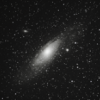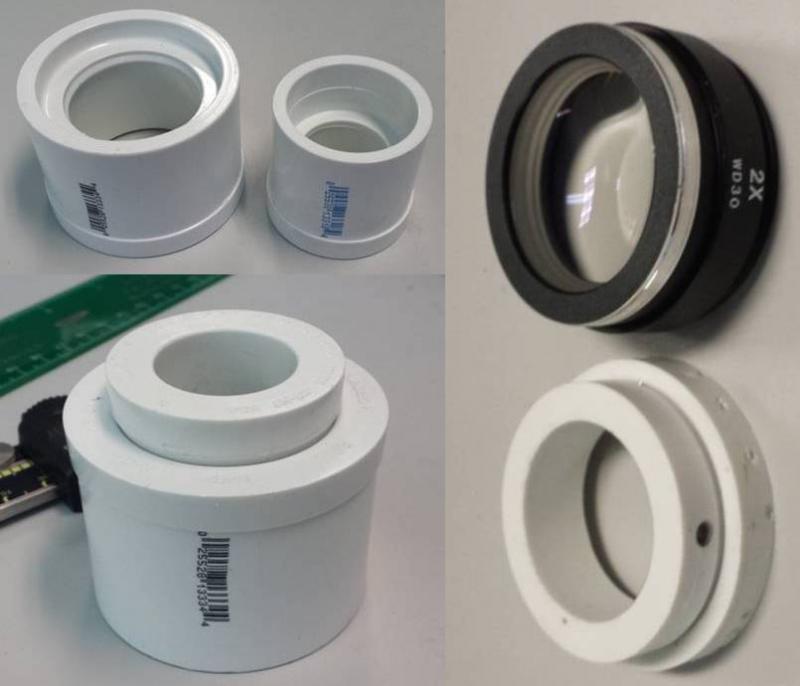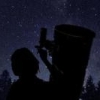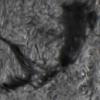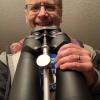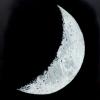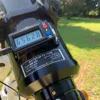There have been searches for cheaper yet performing FR for EAA purposes. I have been trying various combinations of COTS lenses from vendors like SurplusShed and posted here at CN. (http://www.cloudynig...aa#entry6521341 and http://www.cloudynig...table reducer)
So far the result have not been successful until I tried a special lens designed for microscope industry. This lens is an achromatic doublet positive meniscus lens which seems perfect for this purpose. I found one such lens made by Baush and Lomb for their stresoscope to increase magnification x2. I quickly made an PVC assembly to put in a 2" draw tube just like a 2" eyepiece. Its focal length is 4" so the distance between the center of the lens and a CCD plane becomes 2" for reduction of x0.5 which is conveniently manageable.
Below is pictures taken with this reducer showing negligible coma and NO VIGNETTING! In order to minimize star elongation, the scope was guided (was not perfect due to short focal length of the guide scope, 75mm.) A CLS filter and LN300 PAL camera was used. Both were taken at 2.5 sec exposure and stacked 128 frames. The scope was 6"F5 Newtonian and the reduction was 0.45.
The market price of the x2 Baush and Lomb lens is more than $120 and it is scarce in the market. A cheap and perfect replacement for this, as we all are looking for, was found on Ebay which allow even easier and far cheaper DIY project than the BnL lens. All you need is a lens
http://www.ebay.com/...=item27fa150e06
and an adapter 2" to 1.25" like
http://www.ebay.com/...=STRK:MEBIDX:IT.
With a slight modification you can have an excellent reducer! I will cover this part in the next post.
Clear skies!
Paul


